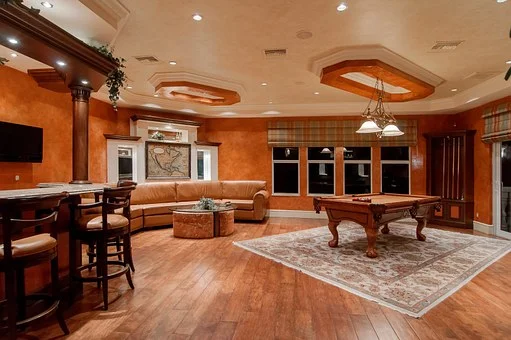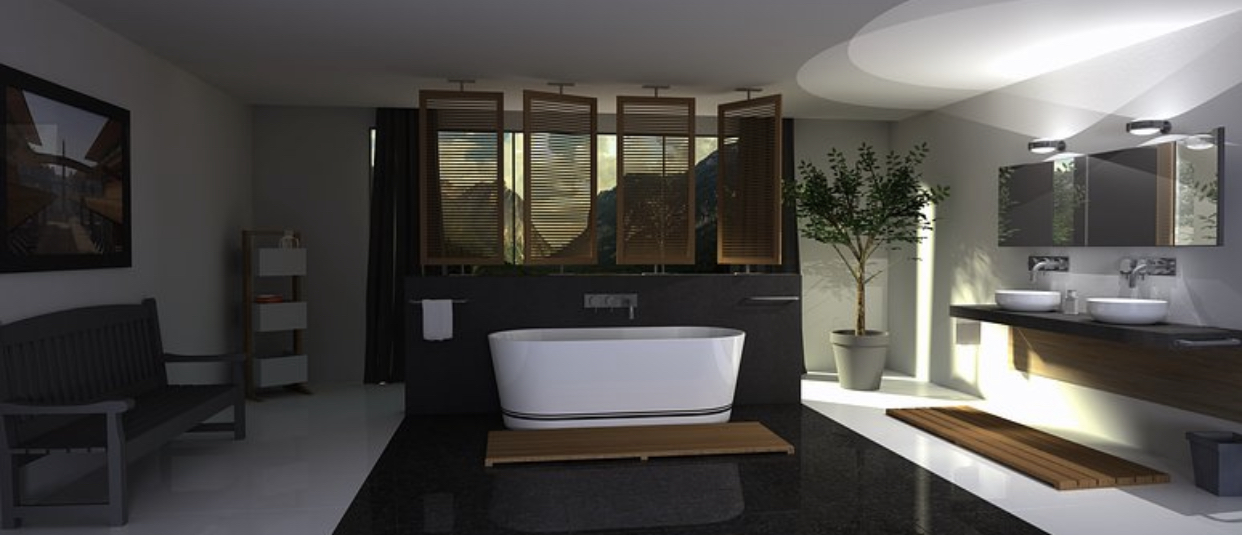How To Build A Simple Wood Bar
RH Business Marketing Solutions
How To Build A Simple Wood Bar
Adding a wooden bar to your kitchen or dining room is a great way to up your entertainment game. It often becomes a place to hang out with friends and gives you a reason to offer better drinks and refreshments when having guests.
Even though it seems like an expensive and complicated item to add, it can be a DIY project as well. All you need to do is to have the proper materials and to figure out what kind of bar would fit your home. The rest could be done along the way if you have the tools and are reasonably handy.
The drawing board
The first step in making your own bar is to measure out the room you plan to install it in and to create a rough draft that will be your guide for the rest of the work. The drawing should have the measurements from which you can divert but only by making the bar smaller, not larger than you’ve initially planned.
There are standards to follow when it comes to the size of the bar. An average bar is 42” high and 24” deep. Obviously, this is a guideline not the law.
Materials
The main thing to consider when choosing the materials you’ll use is what kind of drinks you plan to serve. If you plan to have a beer tap, you’ll need to install a drip tray out of stainless steel. If not, all you need is wood which you can get from the local shop. Most households don’t have a tap and don’t brew their own drink, and can use the bar only for storage and mixing cocktails.
The materials you use also have an effect on how the drinks are stored. For instance, if you order gin online, make sure to find out how lighting and temperature affect its storage.
Tools
Building a bar isn’t a small task and you’ll need a set of professional tools to make it. For the most part, a project of that difficulty usually isn’t something that anyone can try. That means that you probably already have the tools and some experience if you’re getting into it. If you don’t have some of these more sophisticated tools, they can be rented if you’re only using them for this project. You may also consider CNC router that can be used to carve or cut out patterns in hard material.
You’ll need a chop saw, impact screw gun, random orbital sander, and an ordinary screw gun. A finishing nail gun and caulk gun are also needed.
Framework
A bar needs to be sturdy and to remain in place even when the drinks are on top of it and when people are leaning on it. That’s why you need to make a good framework that will remain intact even the bar needs some repairs. The top and bottom frame should be cut at the same time and at the same length because they need to be parallel.
Screw in the studs from top and bottom and erect the framework so you’re sure that it stands and lines up.
Bartop
This should be the last step and the moment when your bar comes together. The rough cuts of the bartop need to be made with a table saw and that’s a dangerous and a two-person task. You’ll probably need some trimming work done afterwards as well.
This will create the whole framework of the bar and you can add the front facing piece which can be decorated as lavishly as it fits your home.
A bar isn’t that difficult to make but it requires you to have some woodworking skills and to be careful with your tools. If done right, a wooden bar will make your home better looking and more fun.
Guest Contributor, Diana Smith















